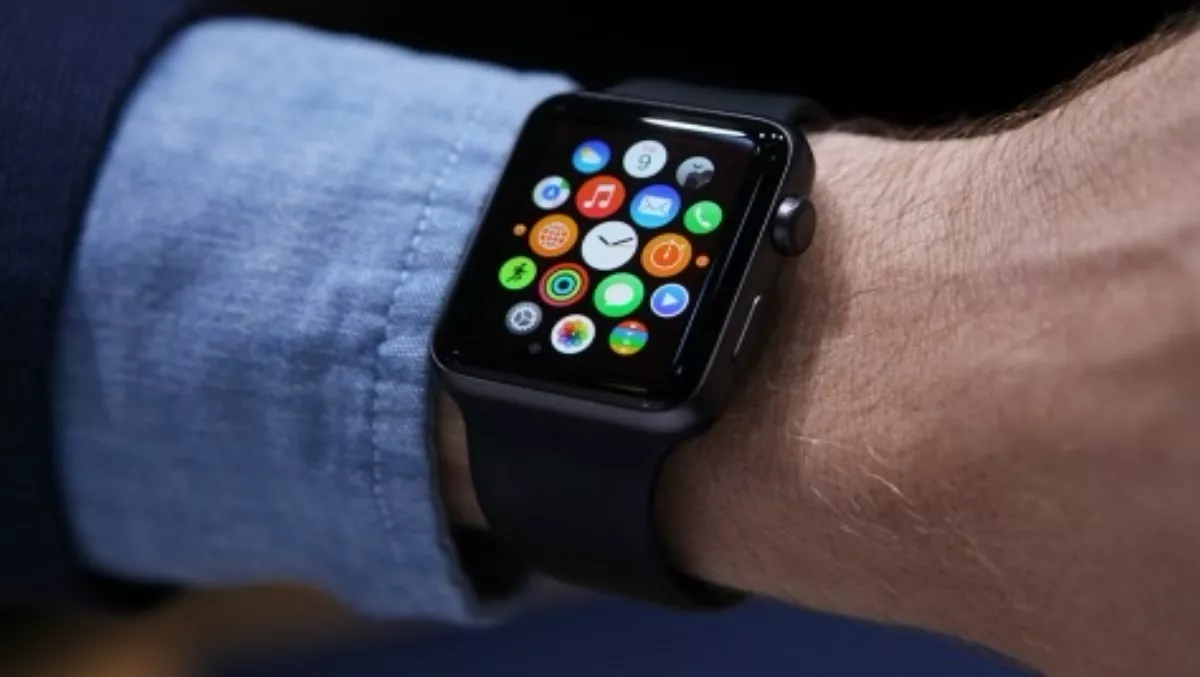
Apple Watch to propel growth in wearables market, says IDC
The worldwide wearables market continues to grow at a rapid rate in 2015, driven by new vendors, greater end-user awareness and new devices such as the Apple Watch - which will be available from April 24.
According to the most recent forecast data from the IDC Worldwide Quarterly Wearable Device Tracker, vendors will ship a total of 45.7 million units in 2015, up 133.4% from the 19.6 million units shipped in 2014.
By 2019, total shipment volumes are forecast to reach 126.1 million units, resulting in a five-year compound annual growth rate (CAGR) of 45.1%.
IDC says an increased focus on smart wearables, or those devices capable of running third-party applications, are propelling the market higher in 2015.
These include devices like the Apple Watch, Motorola's Moto 360, and Samsung's Gear watches.
The total volume of smart wearables will reach 25.7 million units in 2015, up a significant 510.9% from the 4.2 million units shipped in 2014.
Basic wearables, or those devices that do not run third party applications, will grow from 15.4 million units in 2014 to 20.0 million units in 2015, resulting in 30.0% year-over-year growth.
"Smart wearables are about to take a major step forward with the launch of the Apple Watch this year," says Ramon Llamas, IDC Wearables research manager.
"The Apple Watch raises the profile of wearables in general and there are many vendors and devices that are eager to share the spotlight.
"Basic wearables, meanwhile, will not disappear. In fact, we anticipate continued growth here as many segments of the market seek out simple, single-use wearable devices."
Wrist-worn wearables, including bands, bracelets, and watches, will account for more than 80% of all wearable device shipments throughout the forecast.
Most vendors have concentrated their efforts on these products and IDC expects this trend to continue.
Behind wrist-worn products are modular wearable devices, or those devices that can be worn on any part of the body with a clip or a strap. Modular devices are traditionally much simpler to produce than other wearable devices and function well as use-specific devices.
Clothing is the third category and is expected to grow the fastest as companies embed items like shirts, socks, hats, and other products with computing power.
Eyewear is a smaller category, which IDC expects to first catch on among enterprise users within select vertical markets.
Finally, earwear will comprise a small part of the overall market as earphones expand from audio to include health and fitness features.
"The explosion of wearable devices was clearly led by fitness bands, which until recently commanded prices that provided comfortable margins, but those days are changing," says Ryan Reith, IDC Worldwide Quarterly Device Trackers, program director.
"The price of these fitness bands have come down so significantly in some markets that smartphone OEMs are now bundling them with smartphones at little cost.
"Meanwhile, the market is quickly shifting toward higher-priced devices that offer greater functionality. While Apple's entry into the market is symbolic, the key to success will be to create compelling use cases for the average consumer.
"Many users will need a good reason to replace a traditional watch or accessory with a wrist-worn device or some other form of wearable that will likely require daily charging and occasional software upgrades."


